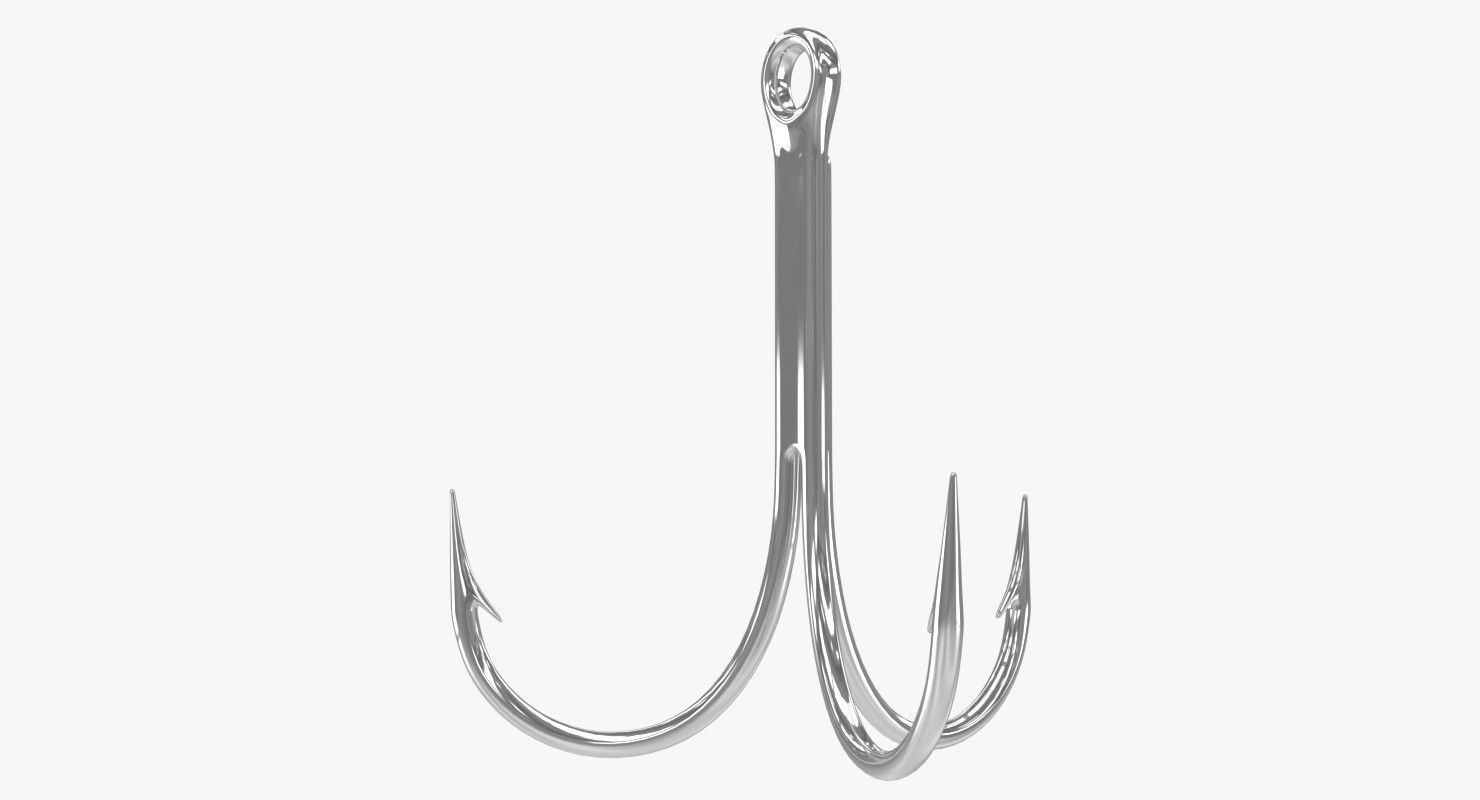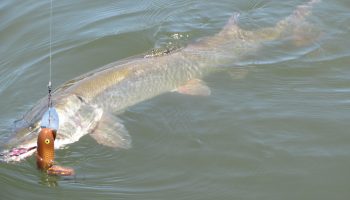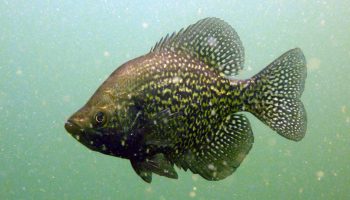A novice fisherman will hit the water armed only with the knowledge of an overhand knot. A real angler wouldn’t dare venture out with such a limited arsenal.
Different situations call for different knots. The knots needed for tying fishing line to a hook are different from the knots needed to join two sections of line together.
To be prepared for anything, learn these knots before you hit the water.
Contents
Tying The Fisherman’s Knot
The real name of the Fisherman’s knot is the Improved Clinch knot. But way back when, many people called it the Fisherman’s knot because every angler knew how to tie it, and it was often the first knot they learned to attach a fishing line to a hook.
Knot-tying instructions use a few standard terms. These terms are pretty self-explanatory, but just to make sure the instructions are clear, here they are:
Tag end: The end of your line. This is the part that does the knot-tying.
Standing line: The rest of the line that runs up toward the reel.
Turn: Sometimes called a wrap. A turn occurs when you pass the tag end completely around the standing line.
To tie the Improved Clinch knot, a.k.a the Fisherman’s knot, follow these steps:
- Run the tag end of the line through the eye of the hook and pull 8–10 inches of line through the hook eye.
- Wrap the tag end around the standing end for five wraps or turns.
- Now pass the tag end through the loop next to the hook eye.
- You have formed another loop that includes your wraps.
- Pass the tag end through that loop.
- Wet the loops with some saliva to lubricate the knot.
- Hold the tag end and standing end in one hand and the bend of the hook in the other; then pull with steady pressure.
- If you are not sure about safely holding the hook, grip it firmly but not super firmly with needle-nose pliers.
- Tighten slowly.
- Clip the tag end so that only 1/8-inch is left.
- A standard fingernail clipper is a great tool for making a clean final cut on the tag end.
The Only 5 Fishing Knots You Will Ever Need To Know
Here are the top most-used fishing knots you should start out learning.
Every angler needs a few things to be successful: a good fishing rod and lure combination, a great location, and the ability to tie a few simple but pivotal fishing line knots.
The Palomar Knot
If you learn to tie a particular knot – especially if you fish with a braided line of any kind – make it the Palomar knot. Regarded by anglers as one of the strongest knots, the Palomar serves a similar function to the improved clinch knot, securing a hook or swivel to one end of your fishing line, or fastening a fly to a leader.
The Blood Knot
Unlike the improved clinch knot and the Palomar knot, a blood knot is not used to fasten fishing line to hooks or lures, but is instead utilized for tying two pieces of fishing line together. Used often fly fishing or for making use of broken or odd length fishing lines, the blood knot is an easy-to-learn and valuable skill to have on any fishing boat.
The Improved Clinch Knot
Chances are, if you’ve been fishing for more than about a week, you know how to tie an improved clinch knot. It’s one of the most important knots in all of fishing, used by most anglers to secure their hooks, lures, or swivels to the fishing line.
The Surgeon’s Knot
Like the blood knot, the surgeon’s knot comes in handy when you need to attach two different pieces of fishing line. Unlike the blood knot, the surgeon’s knot is optimal for fastening together two fishing lines of different diameters.
The Spider Hitch Knot
Used to boost the strength of a fisherman’s line, the spider hitch knot is a lesser-known, but no less useful knot to have in your arsenal. By forming a double line, the spider knot is able to take on heavier hooks or leaders.






